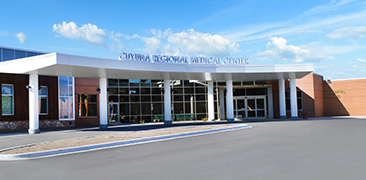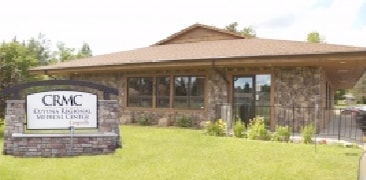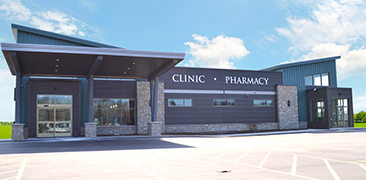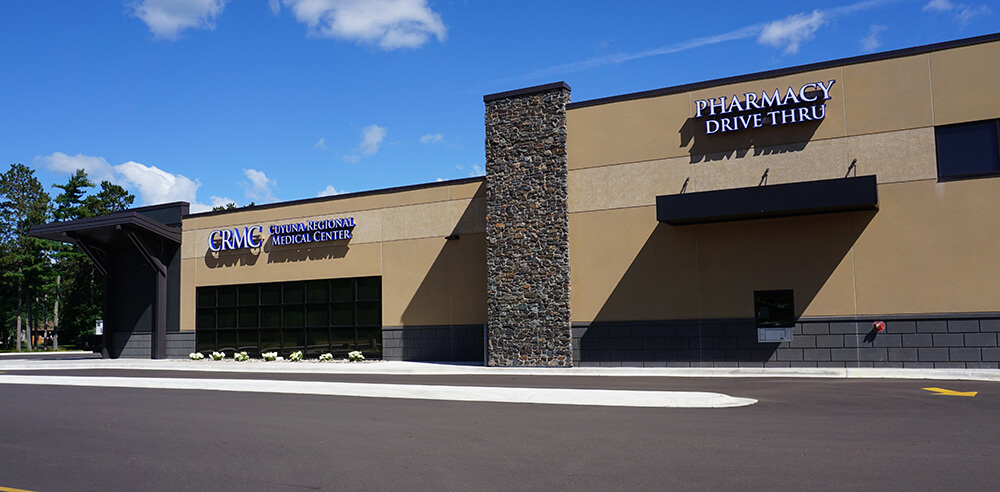Specializing in treating conditions of your bones, joints, muscles, and nerves, including pain and injury, CRMC’s orthopaedic team is the area's choice for orthopaedic care. Our treatment includes care for all ages, and our goal is to get you back to doing what you love: whether that’s golfing, running a half marathon, hiking, mountain biking, or simply walking your dog.
We take a team approach to treating your pain or injury, using the latest technologies and treatments. Our orthopaedic care team includes Board Certified and Fellowship Trained orthopaedic surgeons and advance practice providers including nurse practitioners, physician assistants, nurses, certified medical assistants, technicians, therapists, and an athletic trainer. We work closely with your primary care physician and any other specialists you need. This team approach allows us to provide you with personalized, comprehensive, one-on-one care.
Knee pain may keep you from being as active as you like. And it may come from a gradual breakdown of your knee's cartilage. That's a protective tissue on the ends of your bones. In a healthy knee, the bones glide smoothly against each other. But in a knee with osteoarthritis, cartilage begins to wear away. Bone rubs against bone. Bony bumps we call "bone spurs" may form.
Our knees take a lot of force. They support the weight of the body. They keep us upright and stable. They cushion us when we walk and run. So it's not unusual to feel knee pain at some time in our lives. Let's learn about knee pain, and what you can do about it.
This injury is a tearing of the ACL ligament in the knee joint. The ACL ligament is one of the bands of tissue that connects the femur to the tibia. An ACL tear can be painful. It can cause the knee to become unstable.
This is a stretching or tearing of a ligament on the outer side of your knee. The lateral collateral ligament, commonly called the "LCL", connects the femur to the fibula. The LCL helps stabilize your knee. This ligament, along with the medial collateral ligament, helps prevent excessive side-to-side movement of your knee joint. It helps keep the upper and lower leg aligned properly.
Strong bands of tissue called "ligaments" help stabilize the bones that form the knee joint. One of these ligaments is called the "PCL." It helps connect the femur to the tibia. If you stretch or tear a PCL, your knee may become unstable.
A fracture is a broken bone. The severity of a fracture usually depends on the force that caused the break. If the bone's breaking point has been exceeded only slightly, then the bone may crack rather than break all the way through. If the force is extreme, such as in an automobile crash or a gunshot, the bone may shatter.
Many fractures are very painful and may prevent you from moving the injured area. Other common symptoms include swelling and tenderness around the injury, bruising, or deformity — a limb may look "out of place" or a part of the bone may puncture through the skin.
Surgery is sometimes required to treat a fracture. The type of treatment required depends on the severity of the break, whether it is "open" or "closed," and the specific bone involved. Doctors use a variety of treatments to treat fractures: cast immobilization, functional cast or brace, traction, external fixation, and open reduction and internal fixation.
Fractures typically take six to eight weeks to heal, depending on the extent of the injury and how well you follow your doctor's advice. X-rays taken throughout the healing process can demonstrate the extent of bone healing. Pain usually stops long before the fracture is solid enough to handle the stresses of normal activity. Even after your cast or brace is removed, you may need to continue limiting your movement until the bone is solid enough for normal activity. Sometimes, to increase the strength of the limb affected, exercises might be prescribed to help you restore normal muscle strength, joint motion, and flexibility.











